In today’s digital age, a business’s online presence is often its lifeline to success. As entrepreneurs, our websites are the digital storefronts of our dreams—the gateways to reaching our audience, showcasing our products or services, and making a lasting impact. But in the whirlwind of building our online presence, one crucial aspect often gets overlooked: website accessibility. Ensuring website accessibility might seem like a daunting task, especially without the resources to hire IT consultants. Fear not, fellow entrepreneurs, because we’re here to demystify the process and equip you with the basics to make your website accessible to all. In this guide, we’ll cover some of the key things you need to know to start making your website more accessible, as required by the Americans with Disabilities Act (ADA).
Why Website Accessibility Matters
Picture this: You’ve built a beautiful storefront, but the entrance is blocked for some of your potential customers. Inaccessible websites pose similar barriers, denying equal access to information and services. For individuals with disabilities, encountering an inaccessible website can feel excluding. Inaccessible web content denies equal access to information, services, and programs, and can pose significant barriers to everyday tasks like accessing voting information or finding health resources. Ensuring web accessibility isn’t just a social responsibility—it’s a legal requirement.
Identifying Accessibility Barriers
Let’s break down some common accessibility barriers to watch out for:
Legal Requirements
The ADA requires both state and local governments (Title II) and businesses open to the public (Title III) to ensure website accessibility. This includes online services, programs, and activities offered by government entities, as well as goods, services, and privileges provided by businesses open to the public. While there are no one-size-fits-all standards, adhering to guidelines like the Web Content Accessibility Guidelines (WCAG) can help steer you in the right direction.
The ADA doesn’t explicitly outline specific requirements for website accessibility, as it was enacted in 1990, well before the widespread use of the internet as we know it today. However, the ADA has been interpreted by courts to apply to websites as places of public accommodation, and as a result, businesses are expected to ensure their websites are accessible to individuals with disabilities.
Broad
Narrow
While there aren’t specific technical standards outlined in the ADA itself, the Web Content Accessibility Guidelines (WCAG) developed by the World Wide Web Consortium (W3C) are widely regarded as the de facto standard for web accessibility. These guidelines provide a comprehensive set of recommendations for making web content more accessible to people with disabilities.
The WCAG is organized around four principles: Perceivable, Operable, Understandable, and Robust (POUR). Under each principle, there are specific success criteria categorized into three levels of conformance: A (minimum), AA (mid-range), and AAA (highest). Meeting the AA level of conformance is typically considered the benchmark for ADA compliance.
Some of the key requirements and recommendations from WCAG include:
The WCAG is organized around four principles: Perceivable, Operable, Understandable, and Robust (POUR). Under each principle, there are specific success criteria categorized into three levels of conformance: A (minimum), AA (mid-range), and AAA (highest). Meeting the AA level of conformance is typically considered the benchmark for ADA compliance.
Some of the key requirements and recommendations from WCAG include:
It’s important to note that while adhering to WCAG guidelines is a good starting point, accessibility is not a one-size-fits-all endeavor. Businesses may need to consider the unique needs of their audience and make additional accommodations accordingly.
Additionally, while the ADA primarily applies to businesses operating within the United States, similar accessibility laws and guidelines exist in other countries, such as the European Union’s Web Accessibility Directive. Businesses operating globally should be mindful of accessibility standards in each jurisdiction where they operate.
Turning Knowledge into Action
Here’s how you can turn accessibility awareness into actionable steps for your website:
2
Implement Best Practices
Incorporate accessibility best practices into your website design and development process from the get-go. This includes adding descriptive alt text to images, ensuring color contrast, and providing captions for multimedia content.
3
Engage Your Community
Don’t hesitate to seek feedback from individuals with disabilities. Their insights can be invaluable in identifying accessibility barriers and refining your website’s user experience.
Stay informed about the latest accessibility guidelines and resources. Organizations like 18F, Digital.gov, and the Web Accessibility Initiative offer valuable insights and tools to support your journey towards accessibility.
Realizing the Entrepreneurial Dream
In today’s digital landscape, creating an inclusive online presence is a reflection of our values as entrepreneurs. By embracing website accessibility, we not only open our doors to a wider audience but also foster a culture of inclusivity and belonging.
Real-Life Examples
Numerous cases illustrate the Department of Justice’s commitment to enforcing website accessibility requirements. From agreements with universities to settlements with retail giants, the DOJ is actively working to ensure equal access to online resources for individuals with disabilities.
Resources for Implementation
To help businesses and government entities navigate the complexities of website accessibility, there are numerous resources available, including:
- DOJ Guidance on Web Accessibility and the ADA: This guidance describes how state and local governments and businesses open to the public can make sure that their websites are accessible to people with disabilities as required by the Americans with Disabilities Act (ADA).
- Web Content Accessibility Guidelines (WCAG): These guidelines, developed by the Web Accessibility Initiative (WAI) of the World Wide Web Consortium (W3C), offer comprehensive recommendations for making web content more accessible to people with disabilities. You can find more information about WCAG on the W3C website: Web Content Accessibility Guidelines (WCAG).
- 18F Accessibility Guide: 18F is a digital services agency within the General Services Administration (GSA) that provides resources and guidance on web accessibility. Their accessibility guide offers comprehensive information and tools to support website accessibility efforts. You can explore their accessibility guide on the 18F website: 18F Accessibility Guide.
- Digital.gov: Digital.gov is part of the Technology Transformation Services at the GSA and offers resources on designing products, devices, services, and environments for people with disabilities. Their website provides valuable insights and tools for implementing website accessibility requirements. You can access Digital.gov’s accessibility resources on their website: Digital.gov Accessibility Resources.
- Section 508 Information and Communication Technology Accessibility Standards: These standards, published by the U.S. Access Board, address access to information and communication technology under Section 508 of the Rehabilitation Act of 1973. They provide guidance for ensuring accessibility in federal agency websites and digital communications. You can find more information about Section 508 standards on the U.S. Access Board website: Section 508 Information and Communication Technology Accessibility Standards.
- Section508.gov: Section508.gov is a website published by the GSA that offers tools and training on implementing website accessibility requirements under Section 508. It provides valuable resources for federal agencies and others seeking to ensure accessibility in digital communications. You can explore Section508.gov’s accessibility tools and resources on their website: Section508.gov Accessibility Tools and Resources.
Conclusion
Ensuring website accessibility isn’t just about legal compliance—it’s about creating an inclusive online environment where everyone can access information and services. By understanding the legal requirements, identifying common accessibility barriers, and leveraging available resources, small businesses and entrepreneurs can take meaningful steps towards making their websites accessible to all.

